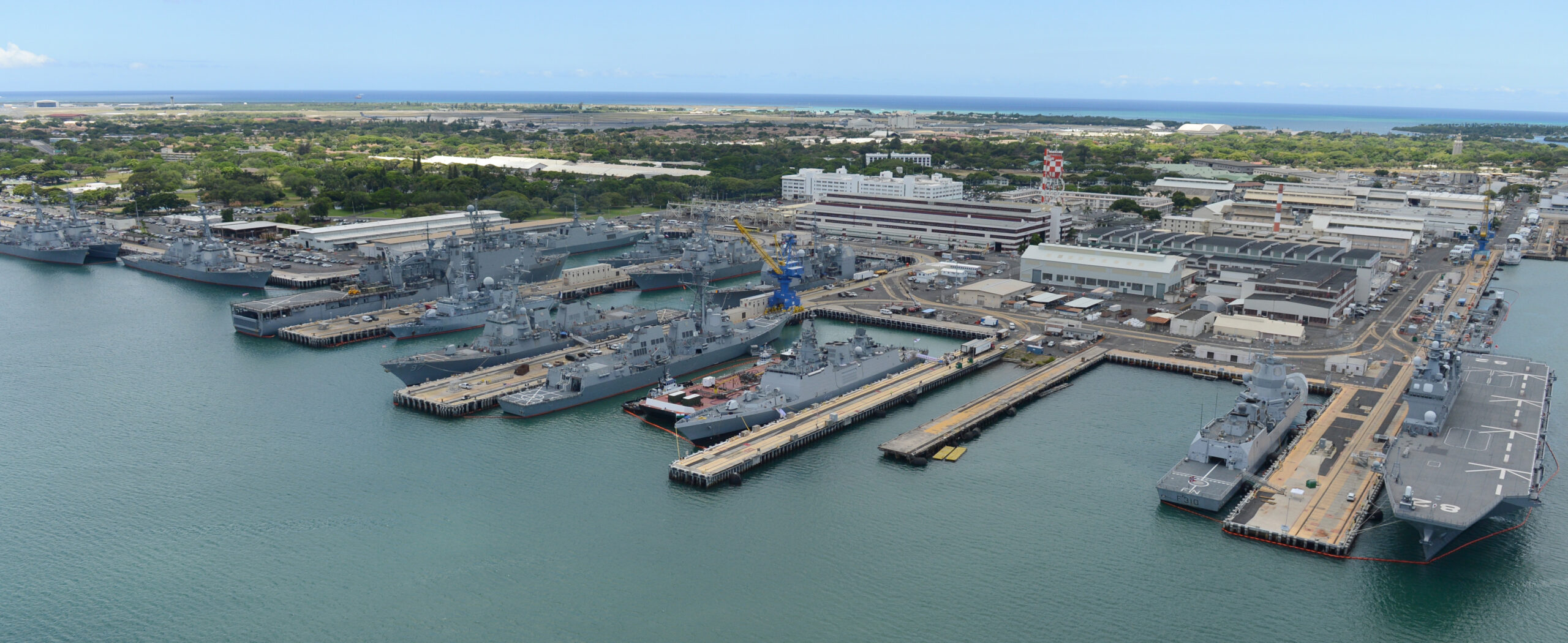US Navy Taps Planet Labs to Monitor Ships in Pacific
The US Navy has awarded California terrestrial imaging company Planet Labs a contract for ship surveillance over “key areas of interest” in the Pacific.
Throughout the “detection and monitoring” effort, the company will leverage its proprietary PlanetScope and SkySat constellations to collect information across the region.
PlanetScope incorporates around 130 orbital satellites that can cover up to 200 million square kilometers (77.2 million square miles) of area per day, while the SkySat consists of 21 satellites for high-resolution imagery of 400,000 square kilometers (154,440 square miles) per day.
Input from these sensors will be integrated into the US Department of Transportation’s SeaVision, a web-based situational awareness tool developed to consolidate maritime information.
AI-Powered Vessel Monitoring
SynMax, a geospatial analytics company, will support Planet Labs in areas of vessel detection tasks through its Theia platform.
Theia is a proven artificial intelligence-enabled watchdog technology that tracks 30-meter (98-foot) vessels and above sailing around the globe.
The solution transmits daily updates on illicit ship-to-ship transfers, unregulated, illegal, and unreported fishing, as well as vessel spoofing.
Retaining ‘Common Understanding’
Planet Labs wrote that the electro-optical imagery and detailed imagery combination to be used will amplify maritime domain awareness throughout the Pacific.
Unclassified information gathered through this contract will validate alternative datasets and enable convenient data-sharing between SeaVision users, ultimately “promoting a common understanding” of areas in the region, the agency added.
“[Naval Information Warfare Center] Pacific continually pushes the bounds of innovating and advancing unmatched and disruptive technology in support of their operations,” Planet Federal General Manager Jon Powers stated.
“Planet possesses a unique broad area imagery collection of land and ocean areas in the Indo-Pacific, so it’s exciting for us to contribute that unique capability to provide maritime insights in support of the SeaVision mission.”












